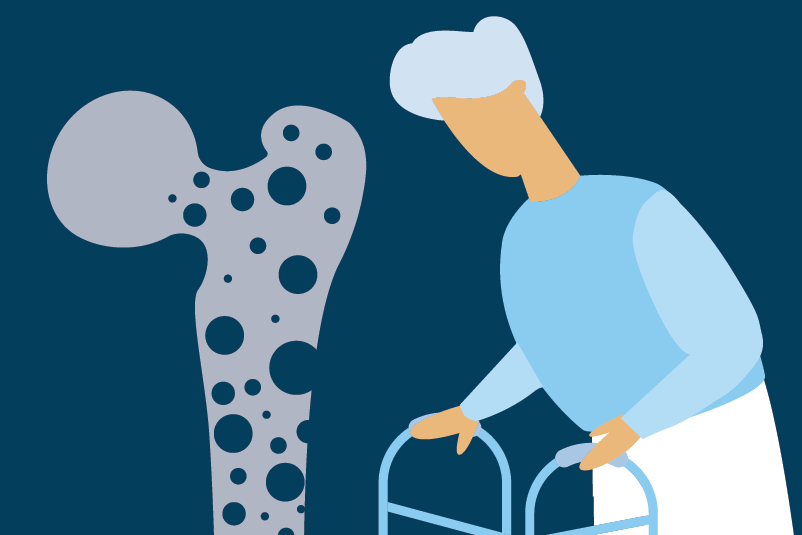#227 There’s Pus About, So Are Antibiotics In or Out? Adding antibiotics for abscess management

Reading Tools for Practice Article can earn you MainPro+ Credits
Join NowAlready a CFPCLearn Member? Log in
- Both relied heavily on two new high-quality RCTs (2,051 patients) of clindamycin or trimethoprim-sulfamethoxazole in adults and children with single abscesses <5 cm that had undergone incision and drainage.3,4 Prevalence of MRSA ~45%.
- Treatment failure at one month example:2 8% versus 15% placebo, Number Needed to Treat (NNT)=15.
- If limited to trials without MRSA coverage, no longer statistically significant.2
- Recurrence or new lesion within one month example:2 8% versus 15% (placebo), NNT=15.
- At 1-3 months:2 18% versus 25%, NNT=14.
- Subgroup analysis demonstrated benefit with antibiotics that cover MRSA, but not those without (example: cephalexin).2
- Total adverse effects:1 25% versus 22% (placebo), Number Needed to Harm (NNH)=38.
- Gastrointestinal adverse effects:2
- Clindamycin: ~10% more than placebo, NNH=11.
- Trimethoprim-sulfamethoxazole: 2% more than placebo, NNH=47.
- Gastrointestinal adverse effects:2
- Limitations: One systematic review only included studies of antibiotics that have activity against MRSA;1 only two studies included patients with diabetes (2.4% and 11% of study populations, respectively).2
- Older systematic reviews5,6 and guidelines7 found no improvement when antibiotics added to incision and drainage but did not include the newest RCTs above.
- Antibiotics are recommended with systemic illness, extensive tissue damage or at risk of poor healing or complications (examples: immunocompromised or prosthetic device).8
- Perirectal, perineal, and paronychial abscesses, or sites requiring specialized management, excluded from above RCTs.3,4
- Risk factors for community-acquired MRSA include recent antibiotic use, contact sports, group housing, lower socioeconomic status, and IV drug use.9







thanks